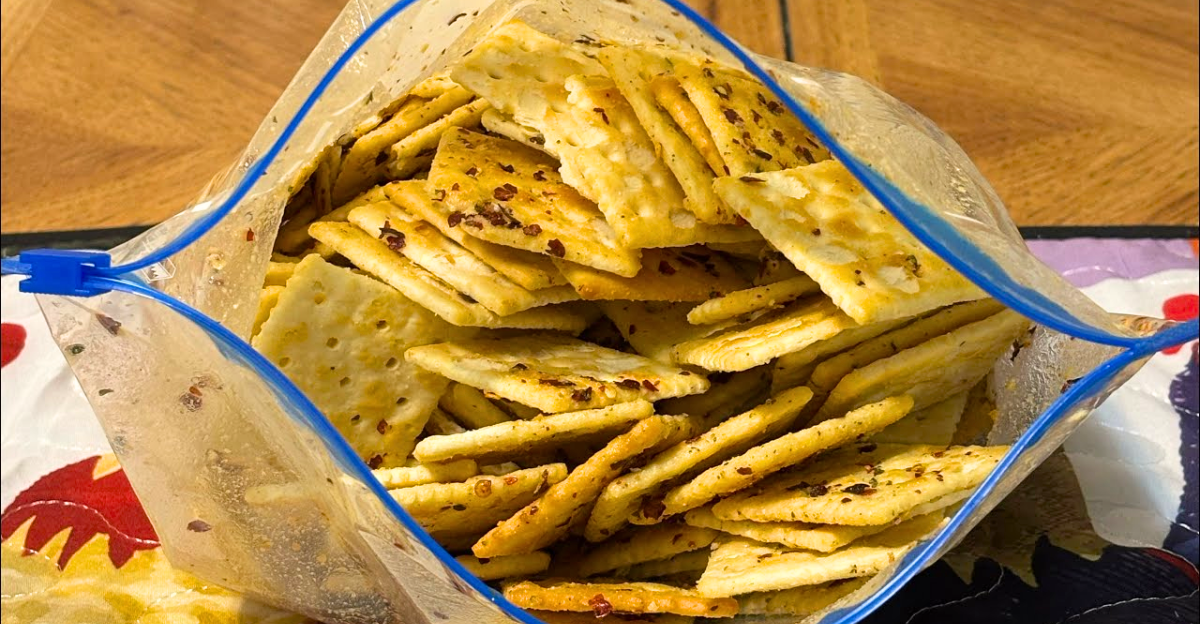
Another grocery store recall has sparked online panic, but this one isn’t the disaster it’s being made out to be. Firehook’s Classic Sea Salt Organic Crackers were pulled in 11 states due to undeclared sesame.
Social media did the rest, turning a manageable issue into full-blown hysteria. In truth, this is how food safety systems are supposed to work: catching errors before anyone gets hurt. But here’s what’s really worth examining, the deeper fear many Americans now associate with food.
As recalls become more visible, so does a growing public distrust in what’s safe to eat. This isn’t just about crackers, it’s about how fear spreads faster than facts.
The Numbers Don’t Lie About What’s Really Happening
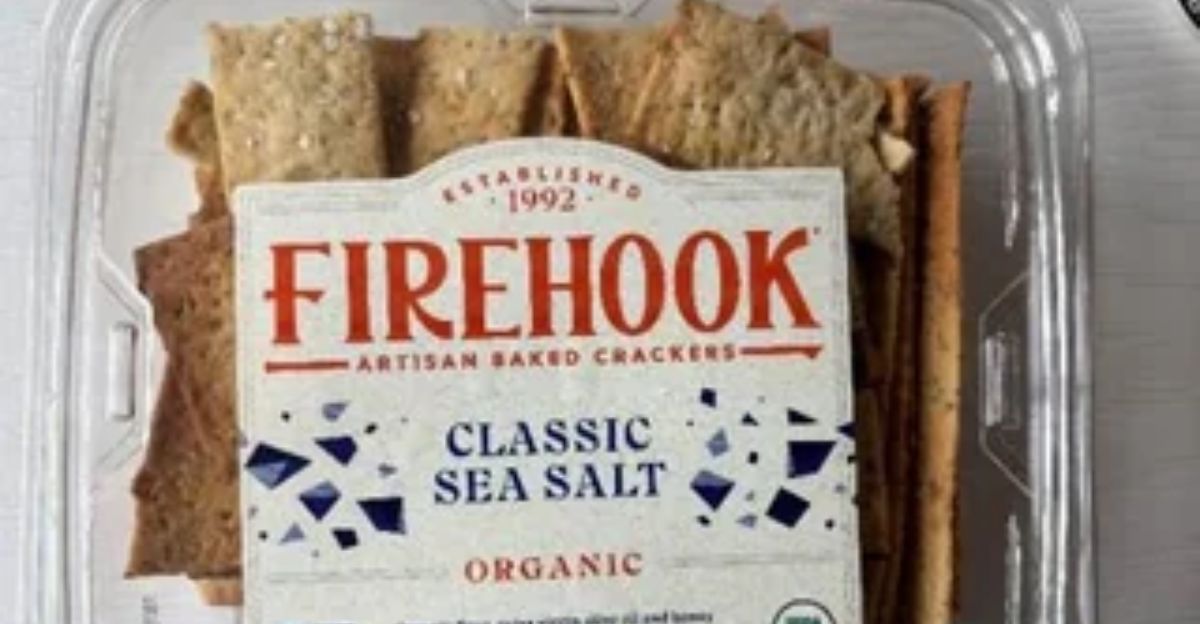
Food recalls have spiked 700% since 2021, yet not a single illness was reported in the Firehook case. Despite that, 18% of shoppers say they’ll never buy from a brand again after any recall, no matter how minor.
The FDA logs around 614 recalls each year, yet the actual risk of dying from foodborne illness remains extremely low, especially when compared to everyday threats like car accidents. This shows a clear disconnect between what feels risky and what truly is. We live in one of the safest food eras in history, but you wouldn’t know it from the way we react.
When a Simple Labeling Error Sparks Panic
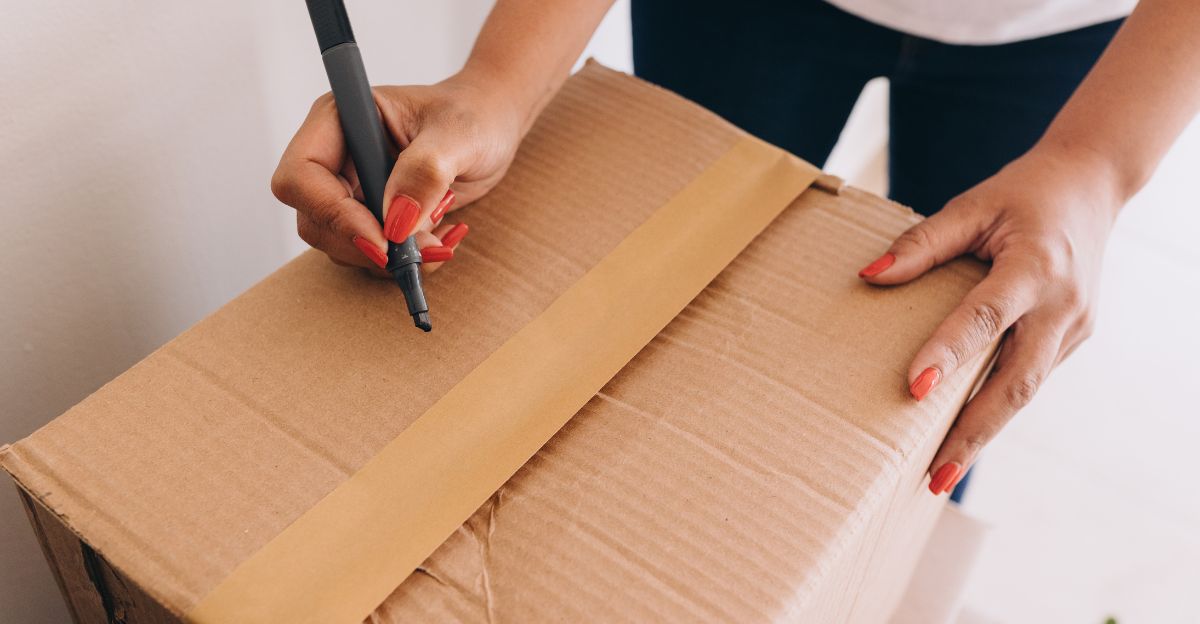
Firehook explained that the sesame issue stemmed from a “temporary breakdown in production and packaging.” In other words, the wrong label went on the wrong package. It’s a simple, fixable mistake, and one that causes 71% of allergen-related recalls. No contamination. No bad actors. Just human error.
Yet the psychological reaction is almost the same as if someone had found actual poison. We’re wired to treat all food threats as dangerous, regardless of their true nature. That’s why companies often recall early and broadly, to avoid the fallout of even minor oversights.
The Steel Fragment Scare That Made Sense
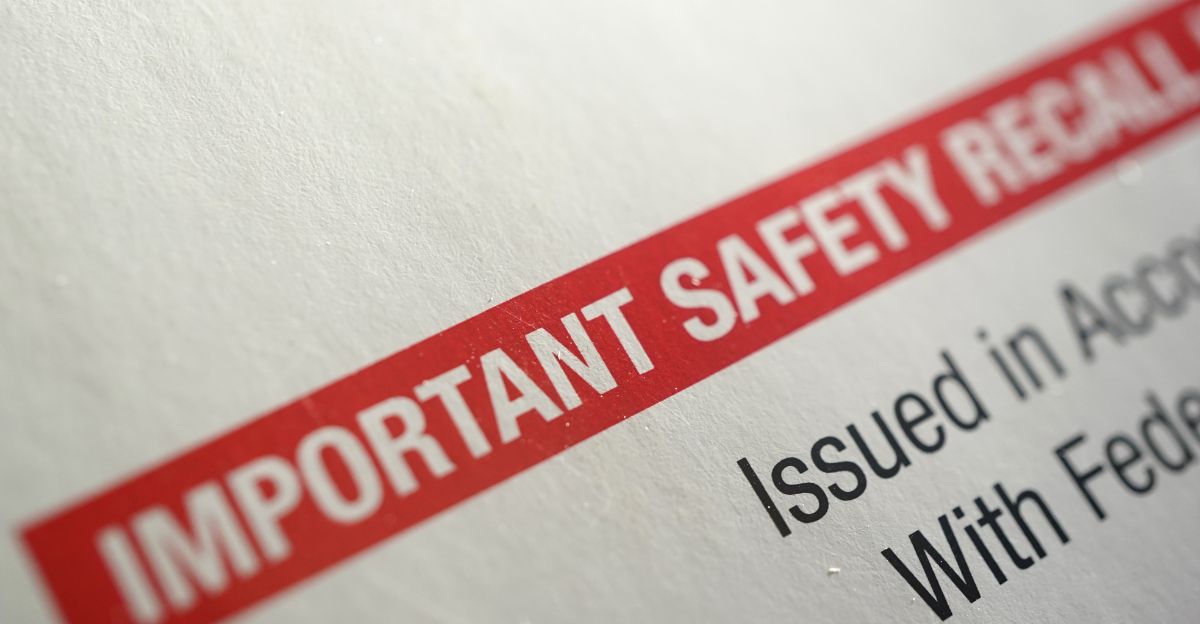
While sesame stole headlines, a quieter but more serious recall involved 15,874 cases of oyster crackers pulled due to stainless steel wire fragments. This time, the physical risk was real, metal can injure immediately. The FDA classified it as a Class II recall, meaning possible but not permanent harm.
Yet, this recall stirred far less public panic than the sesame one. Why? Because metal is visible, tangible, and feels more controllable. Invisible allergens, on the other hand, trigger a deeper unease. They tap into a more primal fear, one where danger hides in plain sight and can’t be seen until it’s too late.
The Social Media Amplification Nobody’s Talking About

Food recalls used to be quiet, local matters. Now, they spread like wildfire through TikTok and Instagram before the FDA even finishes its notice. The Firehook recall went viral almost instantly, powered by emotion, not facts. Social platforms reward outrage with visibility, so panic posts soar while calm explanations get buried.
As a result, companies often focus more on managing social blowback than addressing the recall itself. This shift in priorities is changing how businesses respond to safety issues, with many more afraid of Twitter storms than actual contamination.
Why Brands Over-Recall to Protect Their Image
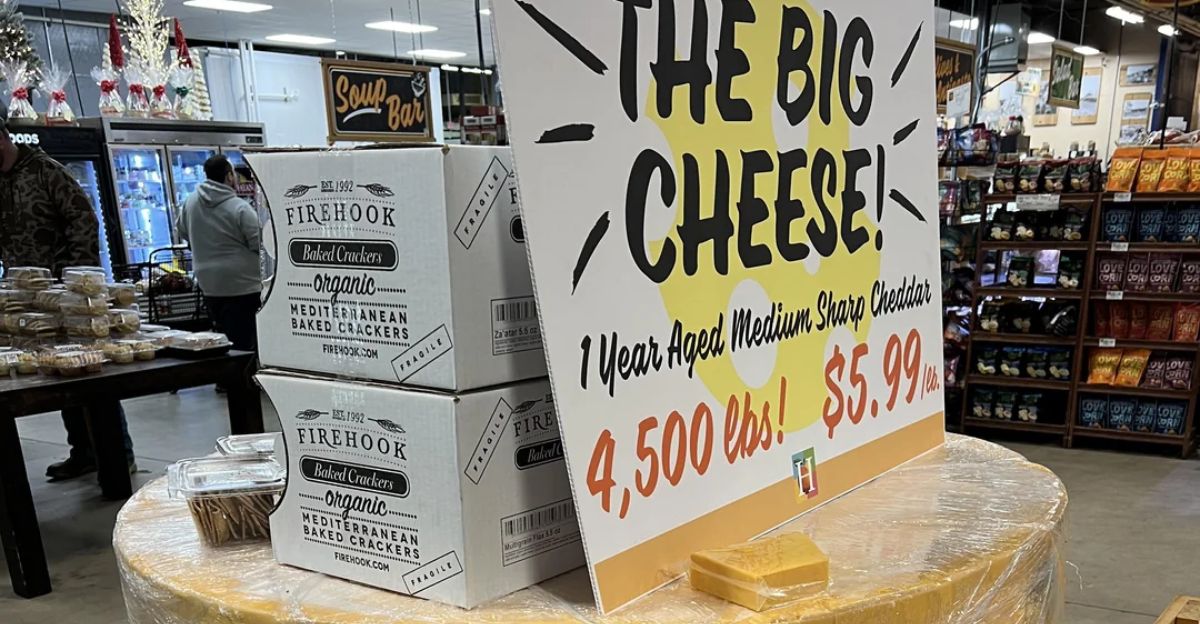
Recalls are expensive, on average, $10 million each. But the real cost is reputational. With 81% of consumers expressing concern over any recall, even minor ones, companies are forced to play defense. Firehook’s move wasn’t just about sesame, it was about brand survival in an era where perception is everything.
Businesses now live in what economists call a “safety theater,” where looking safe matters as much as being safe. Pulling a product, even when the risk is low, is often the smarter business move. It’s not about protecting everyone, it’s about not losing everyone.
Why the FDA Can’t Win Either Way
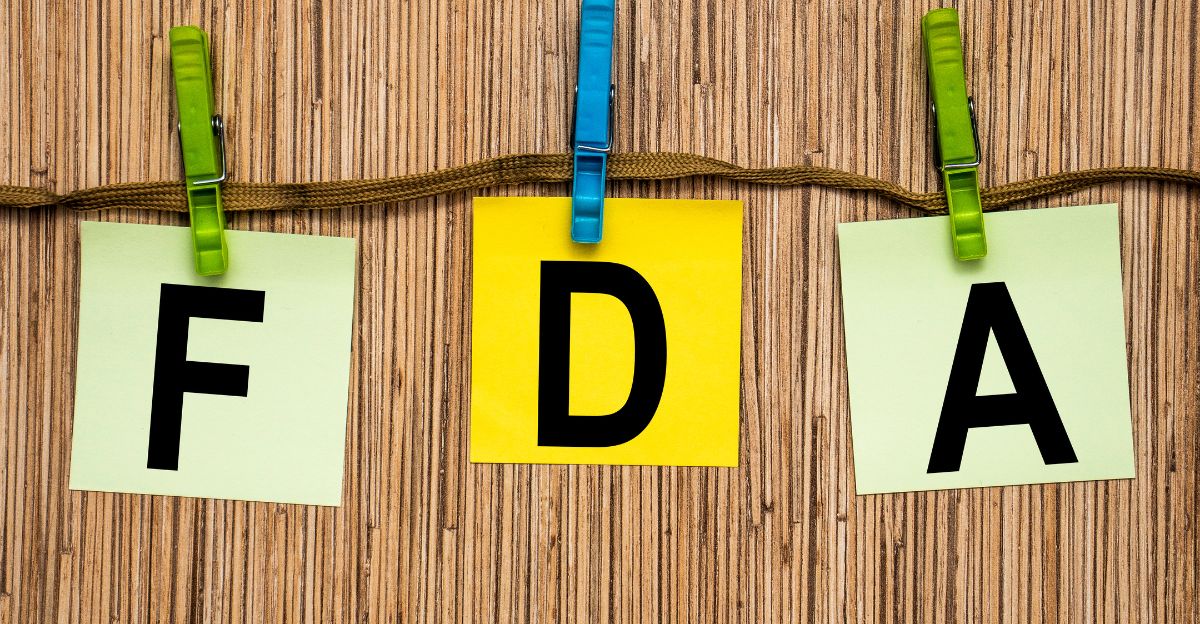
Regulators are caught between two extremes. If they act quickly, they’re blamed for killing business. If they wait, they’re accused of risking public health. The Firehook recall, voluntary and precautionary, is exactly how the system should work. But public reaction often treats every recall like a major failure.
This puts the FDA in a bind, forced to treat paperwork mistakes with the same urgency as true threats. Not because they can’t tell the difference, but because the public won’t. The result? More paperwork, more panic, and more pressure to act visibly rather than rationally.
The Psychology Behind the Panic
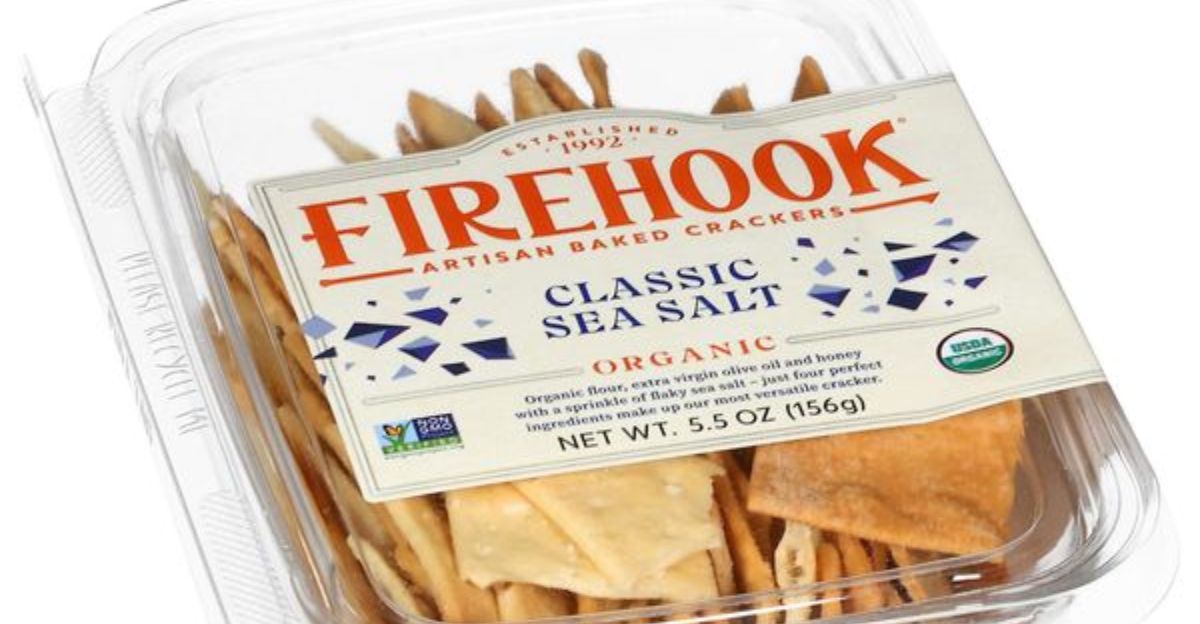
Our ancestors judged food safety using sight, smell, and taste, all useless tools against today’s threats like undeclared allergens or microscopic pathogens. That mismatch explains why invisible risks like sesame stir more fear than visible ones like metal fragments. Even without actual danger, safety warnings make us anxious.
Studies show people are more likely to throw out perfectly safe food simply because of a label or alert. In trying to protect consumers, we may be unintentionally fueling more fear than confidence, turning every precaution into another reason to worry.
The Supply Chain Fix Most People Missed

Behind the scenes, food safety is undergoing a transformation. AI now monitors production in real time. Blockchain tracks ingredients from field to shelf. Predictive tools spot problems before they happen. These innovations shift the model from reactive recalls to proactive prevention.
Firehook’s issue reflects the old way, catching errors after products hit shelves. But major retailers like Walmart are already building systems to catch problems at the source. Ironically, as the tech improves and safety rises, consumer trust seems to fall. It’s not the danger that’s increasing, it’s the awareness.
Why Food Safety Today Is About Trust, Not Just Labels
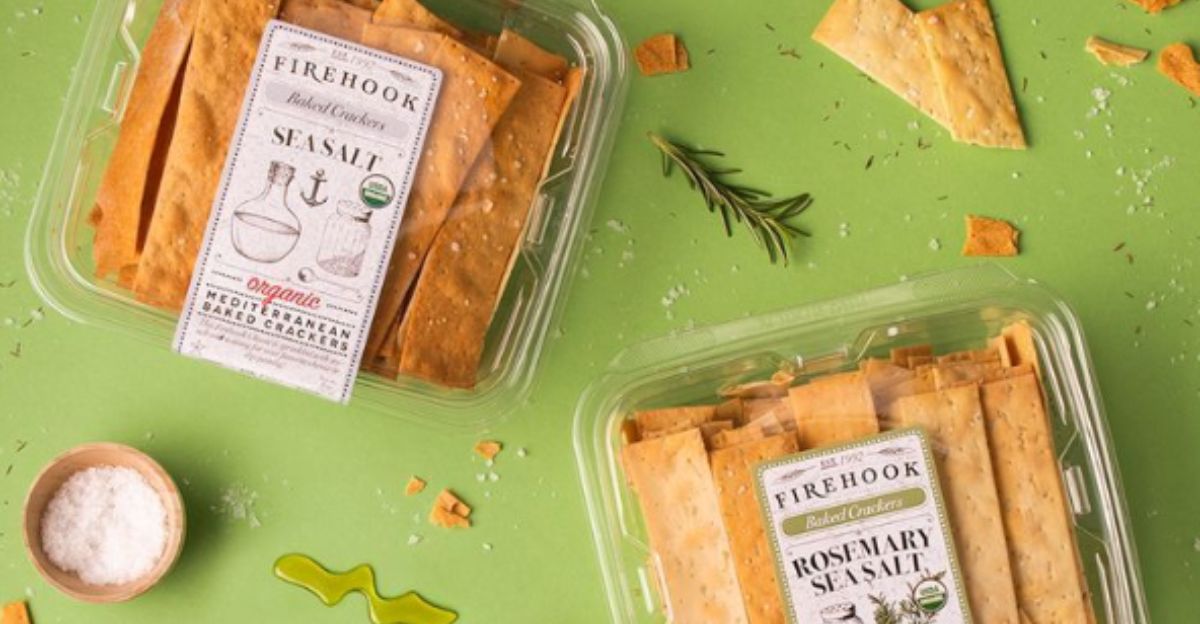
The cracker recalls of 2025 reveal something bigger than mislabeled snacks. They show how fragile consumer trust has become in a world flooded with information. We’ve built systems that catch tiny errors fast, but instead of reassurance, that visibility often breeds more fear.
The Firehook and Shearer’s recalls are proof that the system works. But the public reads them as proof of failure. What’s needed now isn’t better food, but better communication, messaging that helps people understand the difference between risk and caution. Brands that strike this balance won’t just survive the next recall, they’ll lead the way forward.
